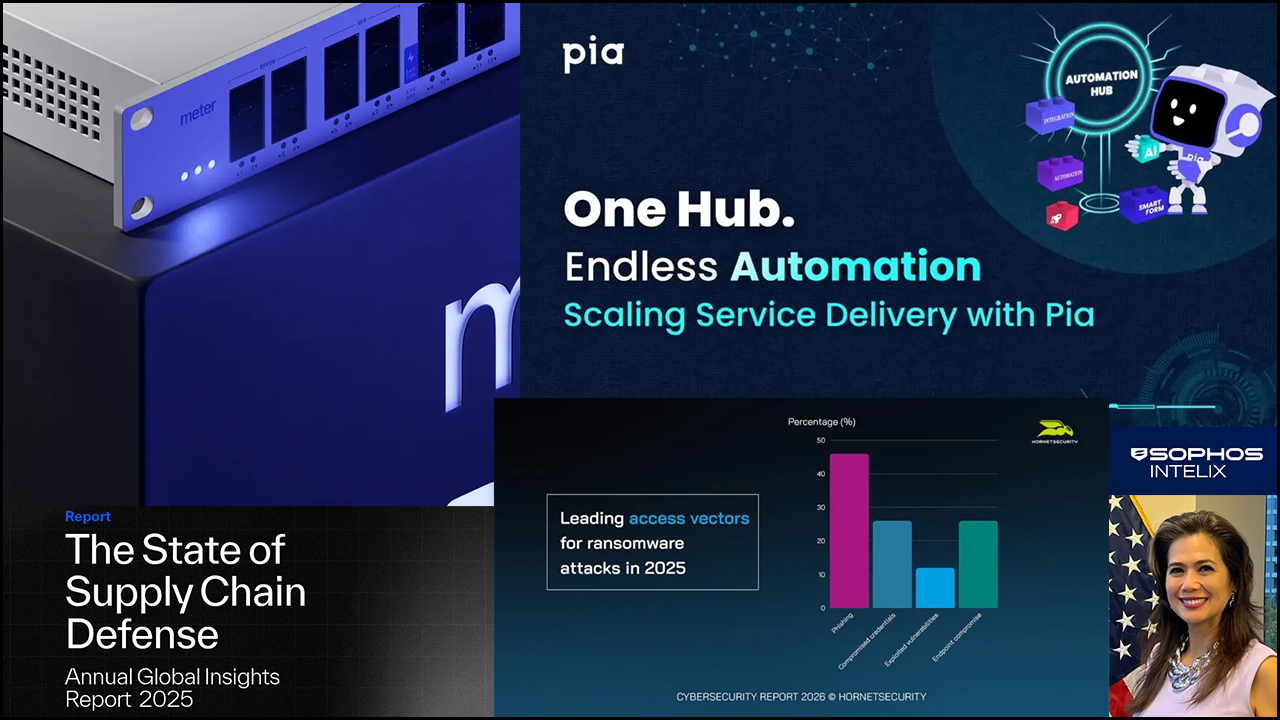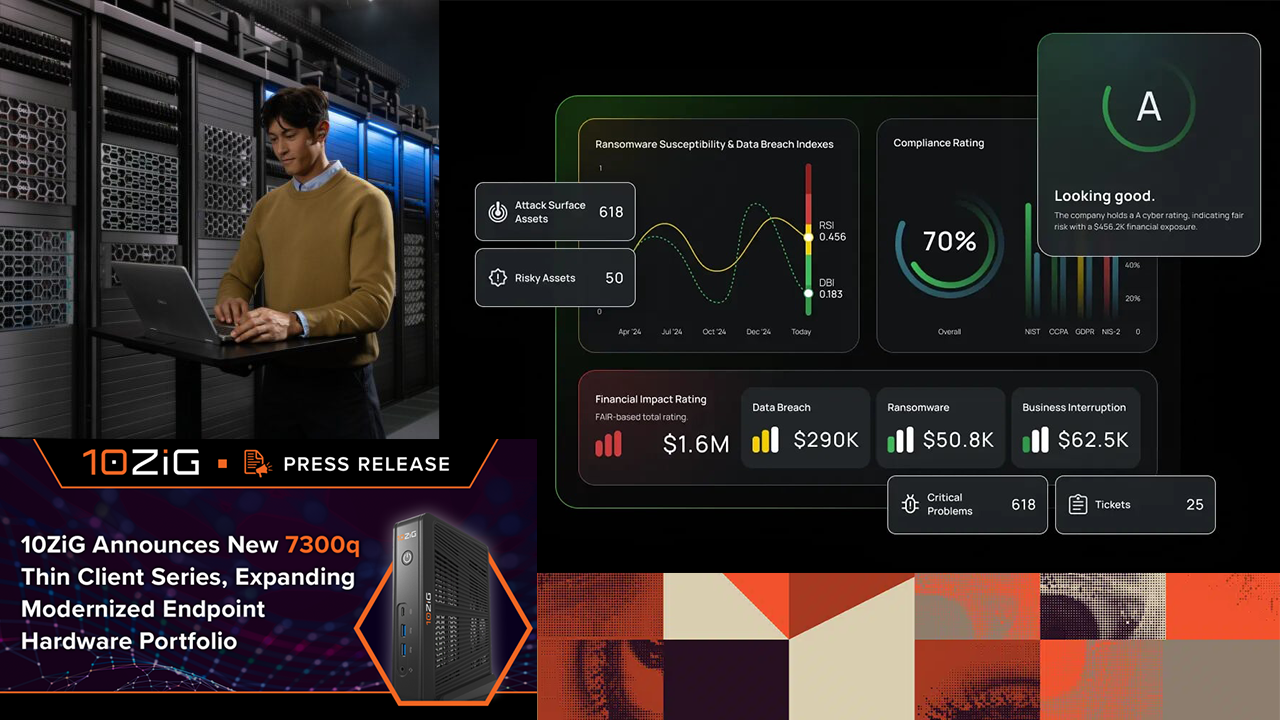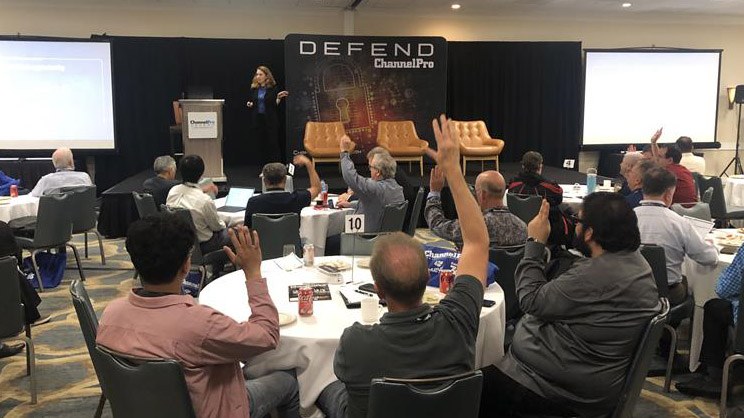COMPANIES HAVE BEEN TRACKING assets for decades, but the availability of inexpensive sensors and the networks to connect them—important components of the Internet of Things—are driving an explosion in location-based services (LBS). For integrators, LBS cuts a wide swath of opportunity. “LBS is a horizontal solution/service that can be applied in nearly every vertical market,” says James Brehm, technology evangelist and founder of consulting and market firm James Brehm & Associates.
When you hear “supply chain,” think LBS. “Asset tracking of portable, high-value products is a particularly good fit for location-based IoT,” says Daniel Marcq, director of electrical engineering at Bresslergroup, an innovation design and product development firm in Philadelphia.
Industries in which LBS is gaining popularity include transportation, construction, medical, and agriculture, according to Marcq, who has designed products to locate items ranging from wheelchairs in hospitals to 20-ton construction equipment.
Mario Proietti, co-founder and CEO of LocationSmart, a location-as-a-service provider in Carlsbad, Calif., also helps construction companies by tracking equipment that goes into construction offices. “The offices rarely move, but you need to know if the right part has been put into the right office,” he says.
In addition, LocationSmart tracks the location of smart phones for online gaming purposes. “Forty states offer some level of online betting, verifying users are within the state, or sometimes within a certain county,” says Proietti.
LBS solutions may also monitor things like temperature, shock, moisture, or more. The COVID-19 vaccine supply chain, for instance, tracks not just location but the temperatures of each parcel shipped.
The components of an LBS solution include sensors, power, and connectivity, and you may have to make trade-offs depending upon your goals. For instance, the more data you want from a sensor and the more often you communicate with it, the more power you use. The most common network options for mobile IoT devices are, in order of reach, Bluetooth, Wi-Fi, LoRaWAN, and GPS. The first two are popular consumer options, because everyone supports them already. LoRaWAN requires the least power, and “GPS sucks battery power, but it can remain dormant,” says Proietti, who has plenty of experience with the problems GPS can present.
“You can’t see the GPS satellites from inside a building or a container, and GPS tags on containers will be blocked by other containers stacked on top,” he explains. LocationSmart triangulates Wi-Fi access points or cellular data towers for location information when GPS can’t connect.
As a location service, LocationSmart brings in data from tracked IoT devices across any and all networks available, presents that data on a dashboard with customizable reports, and provides it to the vendor using its products.
Managing that data is the part of the LBS project that integrators often forget about, says Marcq. “Integrators are surprised at how complex it gets to mine the data they’ll get,” but that’s what customers need. “For example, a herd of cattle with location tags connecting over a private LoRaWAN network will create a big data problem,” if you don’t know how to glean business intelligence from it, he explains.
Integrators interested in offering LBS should look to solve needs for their existing customers, many of whom may own, sell, or use expensive items that are mobile and need to be tracked. For instance, many companies build schedules around materials deliveries, says Proietti, so knowing exactly where a shipment is and when it will arrive dictates personnel time. Also, when sending finished products, companies often track packages to stop thefts and delivery disputes.
“Define exactly what the customer needs,” suggests Marcq. “What is the end goal? Who gets the data? How is the data collected? Displayed?” He acknowledges this may sound difficult at first, but there are plenty of techniques for getting the job done. “Integrators have the ability to provide cloud logins and networking of the kinds needed for LBS. They have a good idea of how data moves, so they can get the data back, collecting and maintaining the important data.”
Proietti notes that this is a growing market, “and LBS will continue to grow.”
Image: iStock













